What is Herding
05.10.2021.
One of the oldest tasks dogs were bred to do was herding. Different breeds specialized in specific parts of it. For example, German Shepherd and Belgian Malinois acted as living fences; they kept livestock from grazing valuable crops and kept them within a particular part of the farm. Australian Cattle Dogs specialized in driving the livestock forward by nipping their heels and legs. That is what earned them their nickname - heelers.
Even today, large farms “employ” dogs that help shepherds take care of large herds or flocks. There are even competitions called herding trials, where dogs are scored based on their performance. Here’s what you should know about herding.
What is herding?
The basic definition of herding is - “Bringing individual animals in a herd, maintaining that herd, and moving it from place to place.” Some animals have a herding mentality, and they will instinctively form herds. In the wild, that was their best chance of survival.
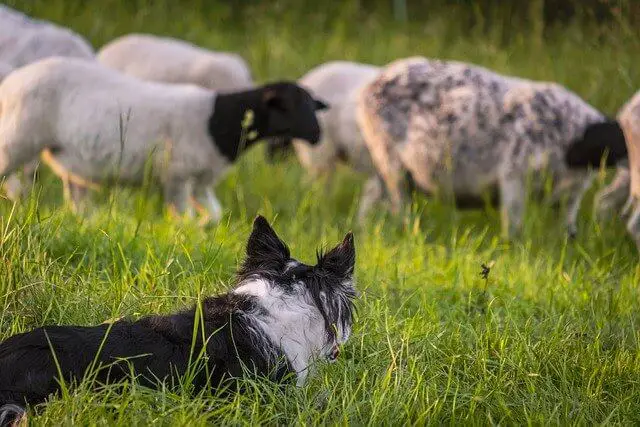
In farms, farmers and shepherds have a specific purpose for forming herds. They need to feed the animals and keep them safe. The animals have to move to specific parts of the farm and shouldn’t venture and graze valuable resources. Luckily, we have herding dogs at our disposal that excel at these jobs.
What are herding dogs?
Herding dogs have many names. They are called shepherding dogs, sheepdogs, or working dogs, and their main job is to move, protect, and herd animals. There are many different breeds used and “developed” for this purpose. All of these breeds evolved different herding tactics that made them successful at their job. Perhaps the best-known herding dog breed is the Border Collie.
Border Collies can herd all sorts of animals; geese, sheep, goats, cattle, and reindeer. These dogs have a unique strategy called the “eye.” They would circle the herd and stare down individual animals until they moved in a specific direction. If the animal moves in an unwanted direction, Border Collies will adjust their position and repeat the process. They have a tremendous amount of energy and are known as workaholics. Plus, they are considered the most intelligent dog breed in the world.
How were dogs bred to herd?
Herding animals is predatory behavior. Dogs come from wolves, and in the wild, they would circle their prey until they moved them in the killing zone. The killing zone can be close to the rest of their pack or in a specific area the prey could not escape.
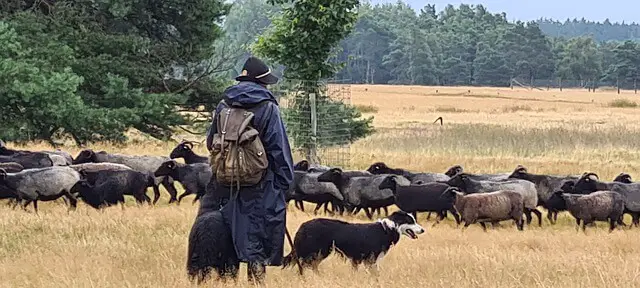
This predatory behavior was modified through hundreds of years of selective breeding. Predatory movements and instincts were kept in dogs, but the urge to kill the prey was “bred out.” Through the method of tries and errors, dog owners managed to cross and breed dogs that had the best herding capabilities. That is why we have so many herding breeds today. Some of the most popular herding breeds are;
- Briard
- Bearded Collie
- Collie
- Corgi
- German Shepherd
- Belgian Shepherd
- Dutch Shepherd
- Old English Sheepdog
- Border Collie
- Puli
- Shetland Sheepdog
Herding trials
Herding trials are competitive, and they are a fair way to assess a herding dog’s abilities. In these trials, dogs can compete on different test levels, livestock types, and course types.
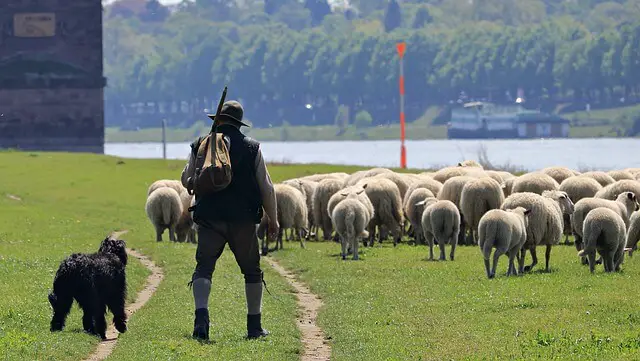
There are different objectives in all different levels and courses. The dog will be scored on various aspects of herding. Judges will be looking at versatility, movement of the stock, and control. They can even grade the dog’s ability to control the flock in an unfenced area, such as the streets. The dog should also be scored on grazing flock management.
Getting started with herding
If you think your dog might benefit from competing in herding trials, or it might be an excellent way to develop your dog’s skills and get a bit of training in, you can take the “Instinct test.” The judge will look at your dog’s natural ability to drive and herd livestock. It is a trait herding breeds inherit, but the dog needs to be trained to excel at herding.
It is a great idea to visit herding events before deciding about your dog’s competitive future. Ask for a rulebook and learn as much as you can about herding before committing to training and tests. There are different registered herding clubs, so you might want to get in touch with them and see what they have to offer.
In conclusion
Herding is a useful skill many dog breeds were selectively bred to possess. Modern-day herding breeds are mostly family pets, but there are still dogs that work livestock and farms. These traits were not entirely erased, and with proper training and guidance, your dog might become a great herding competitor.
World Dog Finder team

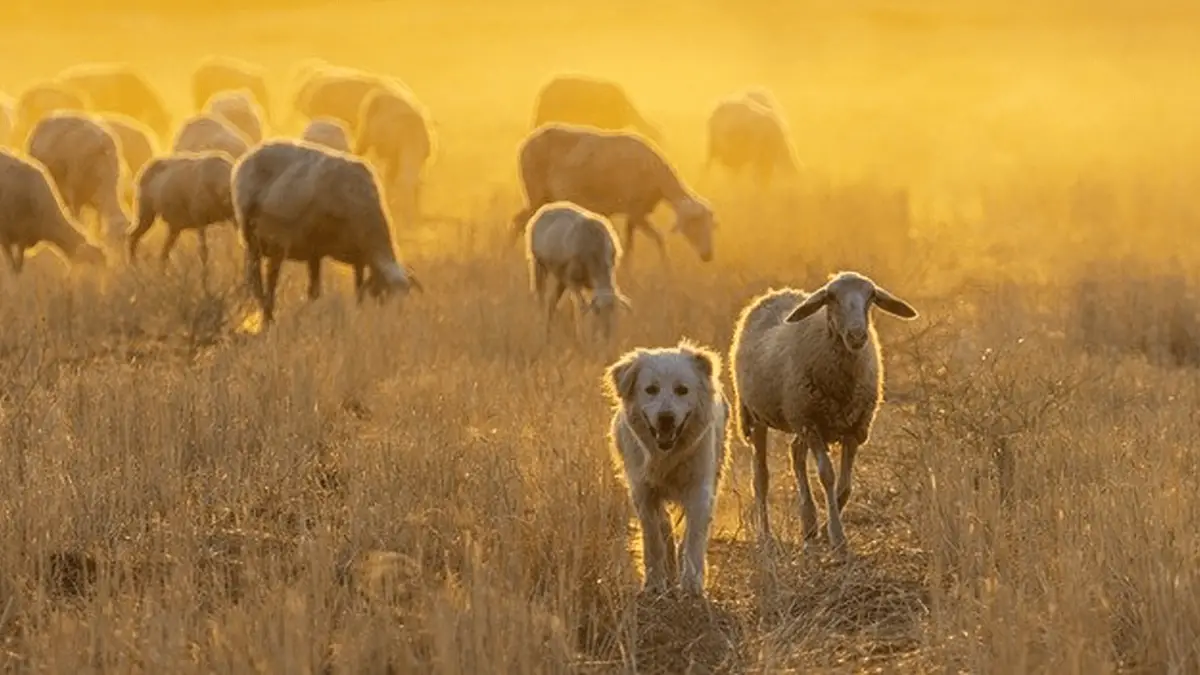

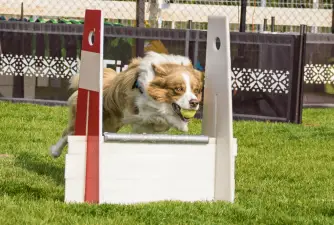
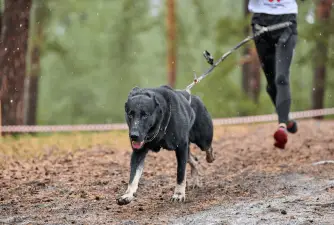

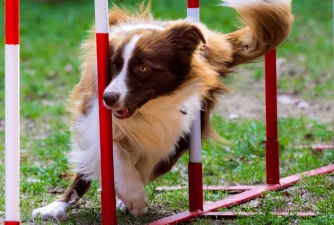

Share